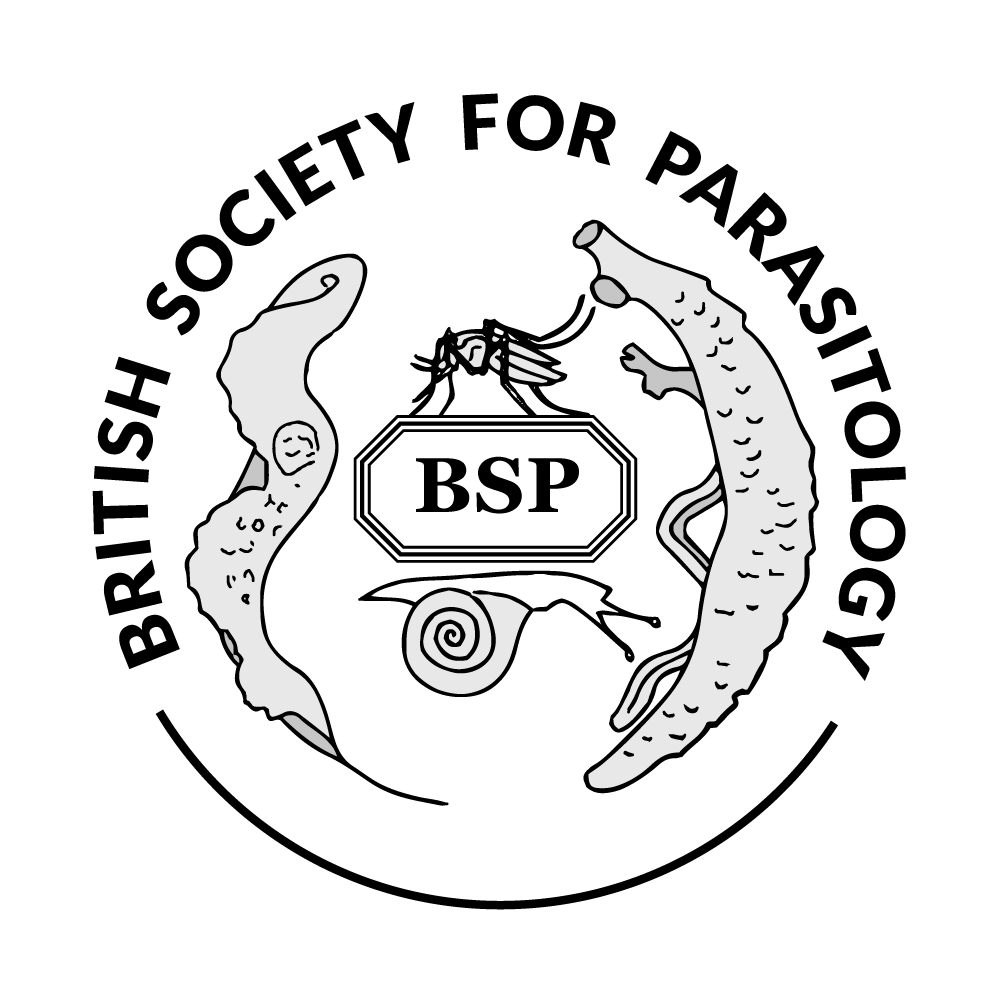

|
Wed4 Sep02:56pm(3 mins)
|
Poster 4 |
Where:
The Flett Lecture Theatre
Track:
Speaker:
|
Introduction: Urogenital schistosomiasis is the most prevalent form of this neglected tropical disease, with 112 million cases globally. Previously, S. haematobium was thought to be the only infectious agent, but S. haematobium-hybrids documented throughout West Africa question this. The implications of human-livestock hybrids for epidemiology, control and genital manifestations are largely unknown.
Purpose: In 2019, in Malawi, the chance recovery of unusual Schistosoma ova, became the first reported and confirmed cases of S. haematobium-mattheei, and S. haematobium-bovis hybrids. The primary observations raised health concerns for at-risk communities and promoted key research questions to be addressed to assess the risk posed by these hybrids.
Aims: The study utilized highly sensitive molecular tools to comprehensively evaluate all potential S. haematobium-hybrid combinations and determine their prevalence within natural infections in two endemic foci, Nsanje and Mangochi. This investigation holds significant implications in light of the chronic clinical manifestations of female and male genital schistosomiasis, also investigated in this setting.
Methods: During June 2023 surveillance, Schistosoma ova concentrated upon urine filters (n=981) and hatched miracidia were preserved on Whatman FTA cards (n=1,310). High-resolution melt (HRM) analysis identified non-S. haematobium mitochondrial DNA, and to define hybrids in active infection as S. mattheei/S. bovis mtDNA in urine. Furthermore, a multi-locus approach genotyped miracidium and identified the discordant hybrid mitochondrial-nuclear profiles.
Results: The analysis revealed that S. haematobium-S. mattheei hybrids were the dominant contributors to natural infections, being present in up to 9.48% of cases. Conversely, S. haematobium-S. bovis hybrids were less prevalent and found in up to 3.2% of infections. Of six hybrid miracidia genotyped, a single S. haematobium (ITS1) x S. mattheei (cox1) was documented, demonstrating viable hybridisation and autochthonous transmission.
Conclusions: We evidence the well-established S. haematobium-mattheei and S. haematobium-bovis hybrids in human transmission cycles. Findings support the proposed ‘hybrid zone’, and contribute to the delineation of human infection status as we step closer towards unravelling multi-host-parasite epidemiology. Hence, we recommend heightened vigilance for altered host pathology, as prevalent hybrid infections likely also persist within female and male genital infections, with unknown clinical consequences for at-risk community members.